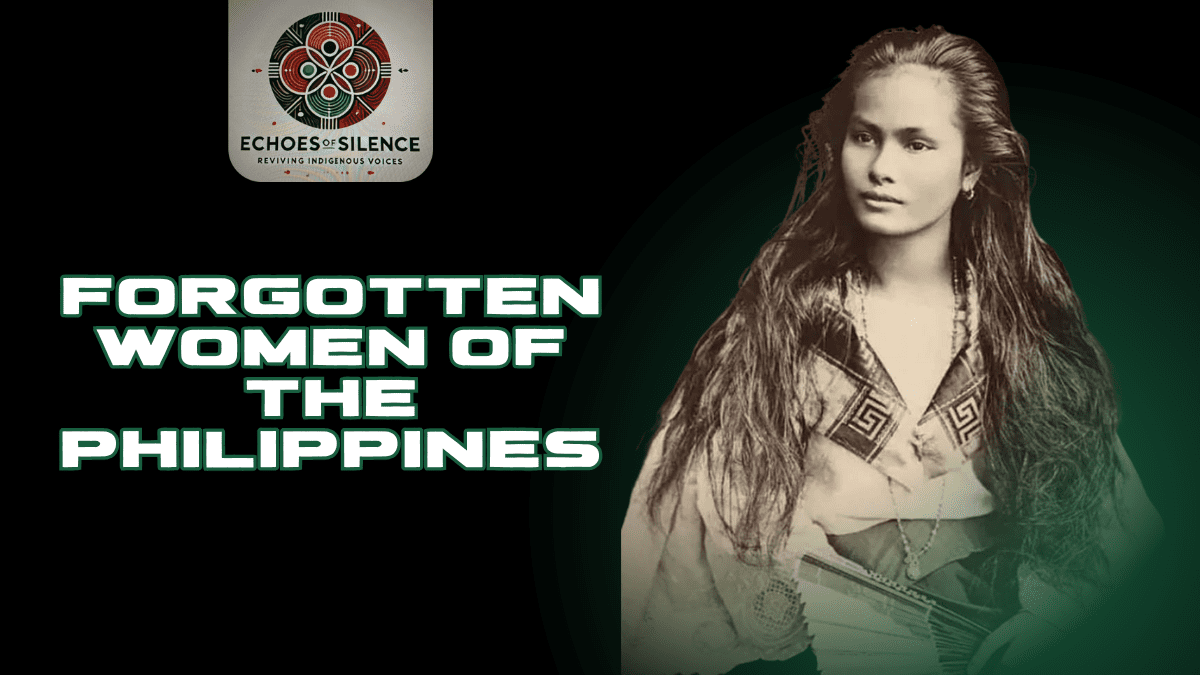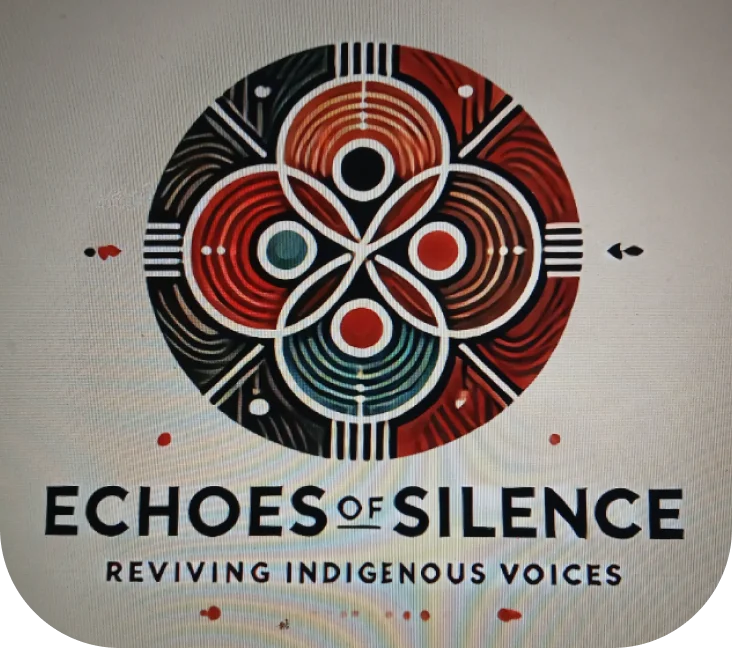Silenced No More: The Forgotten Stories of Mixed Heritage in the Philippines

Time freezes in a single frame from 1850. A young girl stares back at us across centuries—her face a living testament to the blending of Chinese and Indigenous Filipino ancestry. This isn’t just a photograph. It’s a portal to a world before borders hardened and identities were forced into neat colonial boxes.
You think you know Philippine history? Think again.
This image captures something powerful that history books often leave out—the rich tapestry of cultural exchange that shaped the Philippines long before Western powers arrived with their flags and guns. Let’s dive into this forgotten chapter and understand why it matters now more than ever.
When Worlds Collided: The Chinese-Indigenous Connection
Before Spanish galleons ever reached Philippine shores, a thriving network of trade and cultural exchange existed between Indigenous communities and Chinese merchants. This wasn’t just about business—it was about building relationships that would forever alter the genetic and cultural makeup of the archipelago.
The evidence is everywhere:
- In the food you eat
- The words you speak
- The faces you see
- The traditions you practice
Chinese traders began arriving as early as the 9th century, establishing communities that would gradually blend with local populations. These interactions weren’t always peaceful, but they were transformative, creating new cultural identities that challenge our modern notions of what it means to be “Filipino.”
Beyond the Colonial Gaze
The Spanish arrived in 1521 and promptly began categorizing people. They labeled Indigenous Filipinos as “Indios” and those of mixed Chinese ancestry as “Mestizo de Sangley.” These weren’t just names—they determined your rights, opportunities, and place in society.
But reality was always more complex than these categories suggested.
Mixed heritage individuals often occupied unique positions:
- They became cultural bridges between communities
- Many developed successful businesses as middlemen
- Some gained significant political influence
- Others preserved Indigenous traditions while adopting new customs
What’s rarely discussed is how women were central to this story. Before Spanish colonization, Filipino societies were largely matriarchal. Women served as:
- Community leaders
- Spiritual healers (babaylans)
- Warriors and strategists
- Decision-makers in family and tribal matters
The Spanish tried to erase this power, imposing patriarchal systems that continue to influence Philippine society today.
The Personal is Political: Why This History Matters Now
When we look at this young girl from 1850, we’re not just seeing an interesting historical artifact. We’re witnessing the visual evidence of stories that powerful forces have tried to suppress.
This suppression continues today. Indigenous women face:
Issue Statistics Impact Violence Indigenous women are 10x more likely to experience violence Communities torn apart Disappearances Thousands of cases go uninvestigated each year Families left without closure Environmental exploitation 80% of Indigenous lands face resource extraction threats Cultural practices endangered Cultural erasure Over 50% of Indigenous languages are at risk Loss of traditional knowledge
These aren’t abstract problems. They’re the direct continuation of colonial policies designed to eliminate Indigenous peoples and their mixed-heritage descendants.
The MMIWG2S Crisis: A Direct Line from Past to Present
Missing and Murdered Indigenous Women, Girls, and Two-Spirit People (MMIWG2S) represents one of the most urgent humanitarian crises facing Indigenous communities worldwide. The statistics are staggering:
- Indigenous women experience violence at rates far exceeding those of other demographics
- Cases involving Indigenous victims receive significantly less media coverage
- Law enforcement often fails to properly investigate disappearances
- Justice systems frequently deny Indigenous families closure
The data collection challenges around this issue aren’t accidental—they’re systematic. When you can’t count something, you can make it invisible.
Preserving What Remains: How We Can Honor These Stories
The work of organizations like EchoesOfSilence.Life and RIV focuses on breaking this cycle of erasure. Their efforts center on:
Documentation and Research Collecting oral histories, photographs, and artifacts that tell the stories of Indigenous and mixed-heritage individuals before they’re lost forever.
Education and Awareness Creating resources that help people understand the historical contexts of current issues facing Indigenous communities.
Community Support Providing direct assistance to families affected by violence and disappearances.
Policy Advocacy Pushing for legal reforms that address the systemic failures in how cases involving Indigenous victims are handled.
Reclaiming the Narrative: Your Role in This Story
History isn’t just something that happens to us. We’re active participants in shaping how stories are told and remembered.
You can take action today:
- Learn about the Indigenous communities in your area
- Support organizations led by Indigenous women
- Challenge narratives that romanticize or erase colonial violence
- Amplify Indigenous voices rather than speaking for them
- Research your own family history—you might be surprised what you find
The Power of a Single Image
That photograph from 1850 teaches us something profound. Each face we see from the past represents countless untold stories—lives lived at the intersection of cultures, often under difficult circumstances.
When we look closely at this young girl’s eyes, we’re reminded that history isn’t abstract. It’s personal. It’s embodied. It’s alive in all of us.
Her mixed Chinese and Indigenous heritage speaks to the complex reality of Philippine identity—one that was never as simple as colonial powers tried to make it. By acknowledging these complexities, we begin to heal the wounds of historical erasure.
Beyond Recognition: Toward Justice
Awareness alone isn’t enough. Recognition without action perpetuates harm.
True progress requires:
- Legal reforms that address jurisdictional issues in cases involving Indigenous victims
- Increased funding for data collection and investigation
- Community-led safety initiatives designed by Indigenous women
- Cultural revitalization programs that strengthen Indigenous identity
- Economic opportunities that reduce vulnerability to violence
The story of this young girl from 1850 isn’t just history—it’s a call to action. It reminds us that behind every statistic about missing and murdered Indigenous women is a person with dreams, relationships, and inherent dignity.
Connecting Past and Present
The matriarchal traditions that once empowered Indigenous Filipino women offered models of leadership we desperately need today. These systems valued:
- Collective well-being over individual gain
- Sustainable relationships with the natural world
- Intergenerational knowledge transfer
- Balanced decision-making processes
By recovering these traditions—not as museum pieces but as living practices—we gain powerful tools for addressing contemporary challenges.
A Different Future Is Possible
The story doesn’t end with acknowledgment of past and present injustices. It continues with our commitment to creating different possibilities for the future.
Organizations working on these issues envision:
- Communities where Indigenous women can live without fear
- Legal systems that respond equitably to all victims
- Educational curricula that honestly address colonial histories
- Media that portrays Indigenous peoples with dignity and complexity
- Economies that respect Indigenous sovereignty over land and resources
Your Next Steps
Want to learn more? Ready to take action? Here’s what you can do right now:
- Visit EchoesOfSilence.Life to explore more historical documentation
- Follow Indigenous-led organizations working on MMIWG2S issues
- Research the history of Indigenous peoples in your region
- Support data sovereignty initiatives led by Indigenous communities
- Share these stories—not as curiosities, but as urgent contemporary issues
The young girl in that 1850 photograph couldn’t know her image would speak to us across centuries. But her presence reminds us that history is never just about the past. It’s about understanding how we got here—and finding better ways forward.
Her story wasn’t silent. We just weren’t listening. Now it’s time to hear. Join our community of advocates working to amplify Indigenous voices.
The young girl in that 1850 photograph couldn’t know her image would speak to us across centuries. But her presence reminds us that history is never just about the past. It’s about understanding how we got here—and finding better ways forward.
Her story wasn’t silent. We just weren’t listening. Now it’s time to hear.
